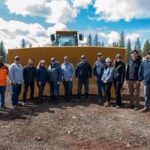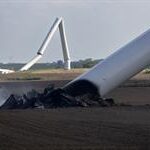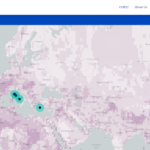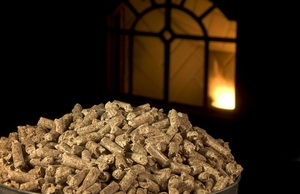Red Rock Biofuels, Frontline Bioenergy produce syngas in Iowa
Energy Disrupter
ADVERTISEMENT
Red Rock Biofuels LLC, a next-generation producer of low-carbon biofuels, and Frontline BioEnergy, a leading provider of waste and biomass gasification solutions, announce that they have successfully tested their innovative technology that gasifies Red Rock’s residual woody biomass feedstock into high quality syngas for production of sustainable aviation fuel (SAF) and renewable diesel.
The test runs, which the companies completed at Frontline’s headquarters in Nevada, Iowa, used Frontline’s patented TarFreeGas and PMFreeGas technologies. The tests demonstrated TarFreeGas gasifier production of high-quality syngas with excellent tar conversion, as well as PMFreeGas removal of char and ash from the syngas. The resulting syngas was shown to be suitable for further processing into SAF and renewable diesel. Additional independent analysis of the test results will also be conducted to further verify the results.
“We’re very pleased with the outcome of the steady state test runs,” said Chip Cummins, interim CEOof Red Rock Biofuels and executive director at RPA Advisors. “These results validate the significant engineering work that has been done and clearly prove that Red Rock’s sourced residual woody biomass can be used as feedstock on a commercial scale to deliver renewable jet and diesel fuels in support of the aviation industry reaching net-zero emissions.”
“The Red Rock Biofuels’ feedstock worked well in Frontline’s advanced gasification and gas clean-up technology. These tests mark a significant milestone toward the commercial deployment of biomass-to-drop-in fuels projects,” said Jerod Smeenk, CEO of Frontline BioEnergy.
The woody biomass feedstock for the tests was locally sourced in Oregon from the same providers that have agreed to support Red Rock’s feedstock supply once the plant is operational.
Red Rock Biofuels was founded to tackle the growing need for low-carbon, renewable jet and diesel fuels and the growing problem of catastrophic wildfires. By utilizing forest residue that is burned in the winter creating CO2, the facility will enable forest management that improves forest health and resilience. The facility will also be one of the first SAF plants in North America to produce drop-in fuels from woody biomass and is designed to produce approximately 20 million gallons per year of low-carbon intensity renewable biofuels.
















